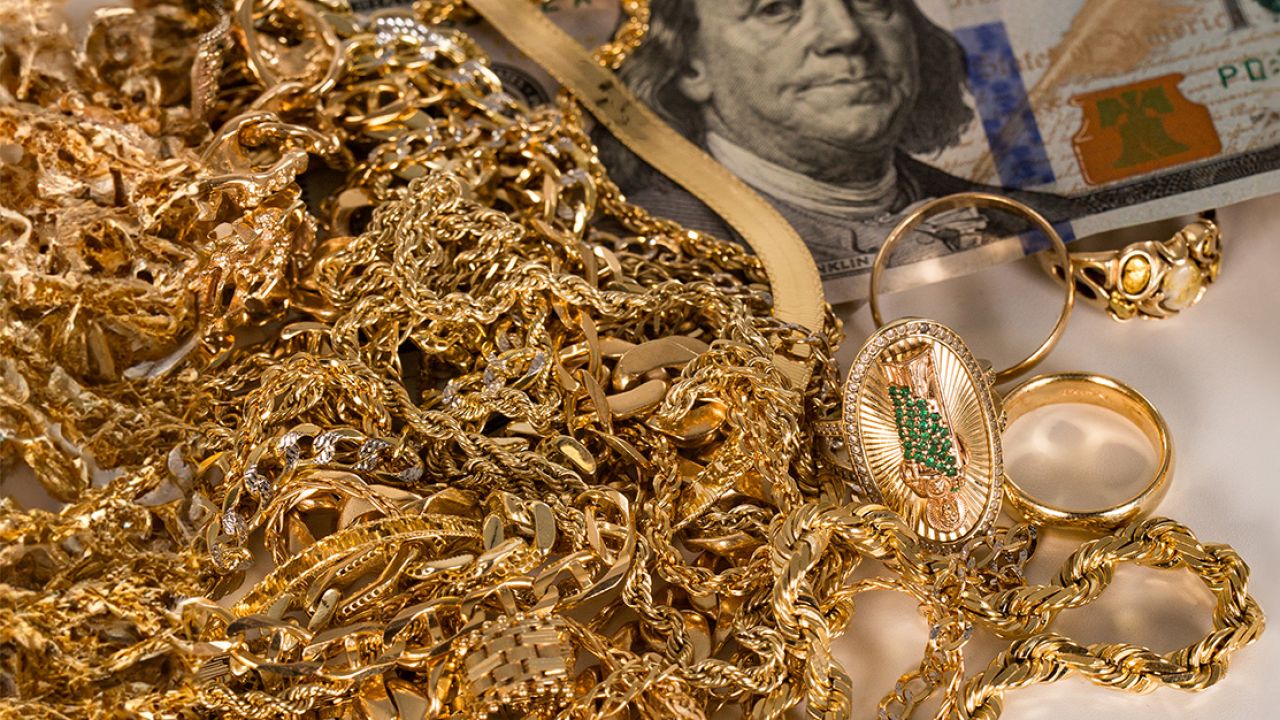Butter: From Churning Cream to Culinary Cornerstone

A Brief History of Butter
Butter’s origins stretch back thousands of years, with evidence of its production found in ancient Mesopotamia and Egypt. Initially, butter was a luxury item accessible only to the wealthy. As churning techniques improved and dairy farming became more widespread, butter became more accessible to the general population.
Throughout history, butter has played a significant role in various cultures. In Europe, it was a staple ingredient in cooking and baking. In India, clarified butter, known as ghee, holds cultural and religious significance kalou-and-cook.com/.
The Science of Butter
Butter is primarily composed of fat (around 80%), water, and milk proteins. The type of fat in butter, known as butterfat, contributes to its unique texture, flavor, and aroma. Different churning methods and milk sources can affect the final product’s characteristics.
Butter’s Many Uses
Butter’s versatility is one of its greatest strengths. It can be enjoyed on its own as a spread, melted as a condiment, or used as a cooking fat. Here are some of its common uses:
- Spreading: Toast, bagels, pancakes, and waffles are just a few breakfast items that pair perfectly with butter.
- Baking: Butter adds richness, flavor, and moisture to baked goods like cookies, cakes, and pastries.
- Cooking: Butter can be used for sautéing, pan-frying, and creating sauces.
- Clarification: Clarified butter, also known as ghee, has a higher smoke point, making it suitable for high-heat cooking.
Beyond the Basics
In addition to its culinary uses, butter has other applications. For example, it can be used in cosmetics and skincare products. Butter’s cultural significance has also inspired art, literature, and even music (think of the hit song “Butter” BTS!).
The Future of Butter
As consumer preferences evolve, so too does the world of butter. Plant-based alternatives are becoming increasingly popular, offering similar functionality for those seeking dairy-free options. Additionally, there’s a growing interest in artisan and small-batch butters made with unique flavors and ingredients.
So, whether you spread it on toast, bake it into cookies, or simply appreciate its rich history and cultural significance, there’s no denying that butter remains a cornerstone of the culinary world.



